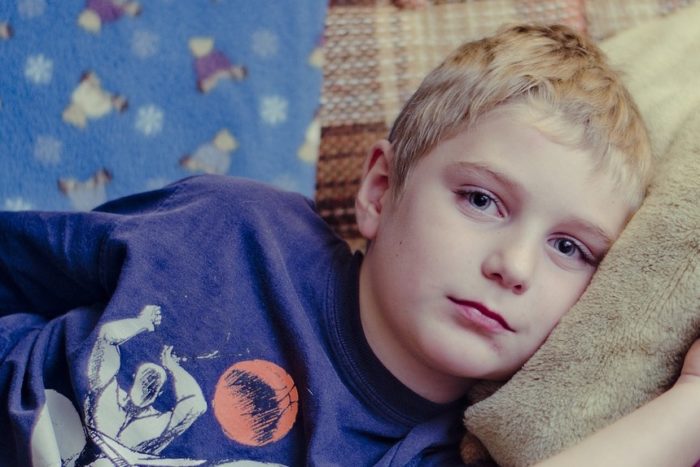Dry Drowning

What Is Dry Drowning?
It is a natural instinct for your child to inhale or gulp water when they are panicked and believe they are drowning. Although it is easy to assume the danger is over once they have been rescued, the truth is that parents must be even more vigilant at this time. When a child takes in water through their nose or mouth, it can cause “dry drowning”.
Dry drowning is a spasm of the airway caused by a child inhaling water through their nose or mouth. The medical term for this is post-immersion syndrome, and it happens when the muscles in a person’s windpipe become constrained in an attempt to protect the lungs from damage. The vocal cords close over the windpipe and cause what is called a “laryngospasm”. It is called “dry” because water never enters the lungs. Instead when the vocal cords spasm, it prevents not only water, but also oxygen from entering the lungs. In its mildest form, it can cause breathing to become difficult, but it also has the potential to prevent all oxygen flow in or out of the lungs, creating a much more serious situation. Death can occur when the vocal cords do not relax.
Although it is rare, it is important that parents are aware of the symptoms so they can take the proper precautions. Dry drowning typically sets in less than an hour after a child inhales water and it requires immediate medical attention.
Some of the symptoms you might notice in a case of dry drowning are:
- Coughing
- Difficulty breathing
- Difficulty speaking
- Chest pain
- Irritability
- Unusual behavior
- Fatigue
Be sure to monitor the child carefully after a water scare, since they may not be able to communicate well if they are unable to speak or breathe. If you feel they are showing any of the signs above, call for emergency medical help immediately.
The most important thing you can do during a dry drowning episode is keep yourself and the child quiet and calm. Staying calm can help relax a laryngospasm and ensure the episode passes more quickly.
When the emergency team arrives, they will immediately administer treatment as necessary. This may include resuscitation if the child is unconscious due to lack of oxygen.
Because of the serious nature of a dry drowning episode, they will be taken to the hospital for observation after the initial treatment. There is still a risk for “secondary drowning” for up to 48 hours after a water incident. Medical professionals may find that a chest X-ray or evaluation by a pulmonary specialist is necessary to determine if there is water in the lungs.
Drowning is one of the leading causes of death in young children. Many drowning deaths do not, however, occur in the water. Minimizing the risk is the most important thing a parent can do for their child.
It only takes a moment for permanent damage to occur. Even if it seems they were not under the water for long, always take your child to the emergency room after a drowning scare. When children are treated for symptoms of dry drowning immediately, there is a very high probability of recovery with no lasting side effects.



Leave a Comment